As 20th Anniversaries go, Sarah Chang’s is one of the more remarkable. She has been captivating audience since age 8, mastering some of the most challenging violin concertos with awe-inspiring passion and precision when her peers were still proud of how well they tied their shoes. Now 28, Chang’s résumé is pages long when others her age are just getting their career-defining breaks. She has enchanted audiences from Carnegie Hall to the Kennedy Center to the great concert halls of Europe and Asia. She has shared the stage with fellow luminaries from Pinchas Zukerman to Yo-Yo Ma. Chang’s CDs are best-sellers. She has even carried the Olympic torch. EDGE sent ZACK BURGESS on assignment to profile Sarah Chang. His job was to peel away the layers that typically accompany international stardom and acclaim, and get to the heart of this transplanted Jersey Girl. Sarah made it easy. Her poised and stunning facade notwithstanding, she is still a kid at heart.
EDGE: Every parent of a talented daughter dreams that their child will have the life that you do. So let’s get the obvious question out of the way. Do you ever yearn to be someone other than yourself, to slip out of your skin and into someone else’s?
SC: Maybe for a day, but not any longer than that. I love my life. I have been traveling all over the world since I was a 10-year-old. I’m 28 and have seen and done things that are just unimaginable.
EDGE: When did you request your first violin?
SC: At four. My father played the violin and I wanted to be like him—I’m a daddy’s girl, like most little girls. I was playing the piano at the time and thought it would be great to play something else. Besides, I wanted something to carry around.
EDGE: At what point did you realize that your life was going to be different?
SC: I performed with the New York Symphony Orchestra when I was only eight. I knew there was something that wasn’t normal about that. But I didn’t think I had a “gift.”
EDGE: As an adult, have you ever experienced the fearlessness you did back then?
SC: No. I was a kid. I just did it! I didn’t think about it. Of course, now, I’ve been doing it forever and this is my life, but back then I just went with it, like most kids do.
EDGE: What was it like working with older musicians?
SC: Everyone would be going to parties after a performance and here I had to go back to my room or go study. It was frustrating then but, hey, I was a kid, a teenager. Nothing is fair when you’re that age.
EDGE: So today, as a 28-year-old, what is the downside of being Sarah Chang?
SC: The travel. Sometimes I wake up and don’t know where I am, or what city I’m in. But then I remind myself of what I do, and how I get to entertain people all over the world— and that, at an age when others are just breaking into this business, I have been doing this for twenty years now. I’m already booked out to 2012, which is a great “problem” to have when you’re an artist.
EDGE: What’s your greatest obstacle as an artist?
SC: Having to be good every night, even on those days when I don’t feel well. It’s what the public expects from me and, realistically, it’s what I expect from myself.
EDGE: Which can get rather difficult.
SC: Because I’m human.
EDGE: Does it all seem surreal sometimes?
SC: Sometimes. But for the most part I’m used to it. I don’t go through this wow syndrome, where I have to pinch myself. I’ve been doing it for so long. I’m a professional. You know what I mean?
EDGE: How does dating work when you’re Sarah Chang?
 SC: It’s a challenge as a young woman on tour. It’s really hard to have a personal life when one person is in one place and the other is somewhere else. I would like to settle down someday, but I would also like to be a committed mother and wife when that happens.
SC: It’s a challenge as a young woman on tour. It’s really hard to have a personal life when one person is in one place and the other is somewhere else. I would like to settle down someday, but I would also like to be a committed mother and wife when that happens.
EDGE: When were you finally on your own?
SC: My parents stopped traveling with me when I was around 18 or 19—which presented a challenge because they were no longer there to protect me. I made my fair share of mistakes. But I’m having fun at this point in my life.
EDGE: What was life like before that, as a 13- or 14-yearold?
SC: I was just like any other teenager who thought the world owed me something. In retrospect it was no big deal. You know, here I am performing one minute and doing homework by fax for Germantown Friends and Juilliard the next. I was always struck by how much younger I was than everyone else, and that bothered me. I missed a lot of parties. But now that I’m older, in retrospect it really was no big deal.
EDGE: What do you do on days when you’re not performing?
SC: I’m just like everybody else. I’m human. I have everyday highs and lows just like everyone else. I would say I just like to have a day to myself. No cell phones, no Blackberrys, no emails. But that rarely happens. I probably wouldn’t know what to do if it did.
EDGE: Is there anything you miss about being a Jersey Girl?
SC: Of course. I miss the driving—and the space. I’m a terrible driver, so I could really use the space!
Photos courtesy of Sheila Rock/Opus 3 Artists





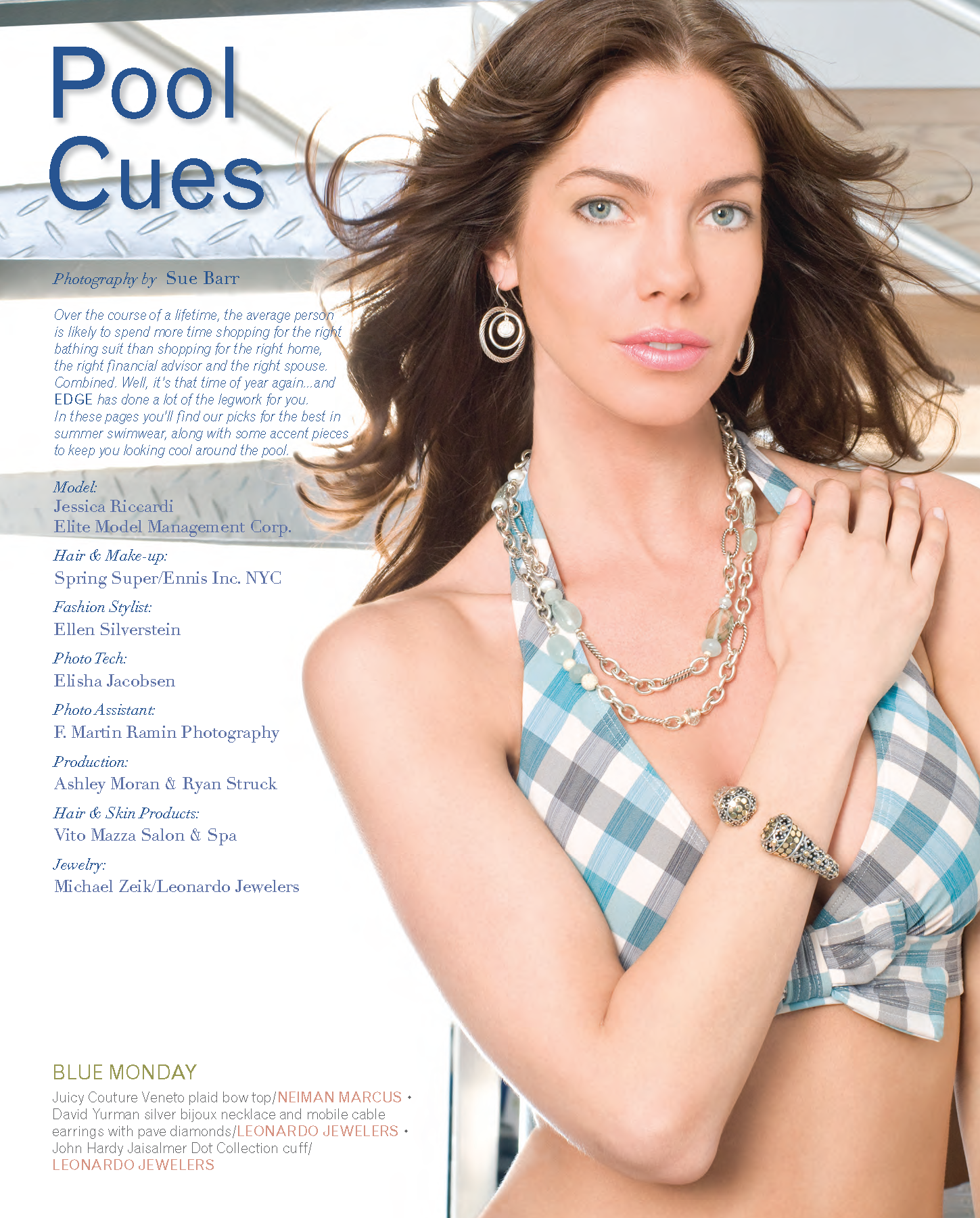










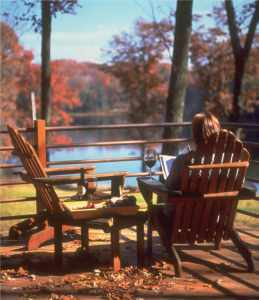



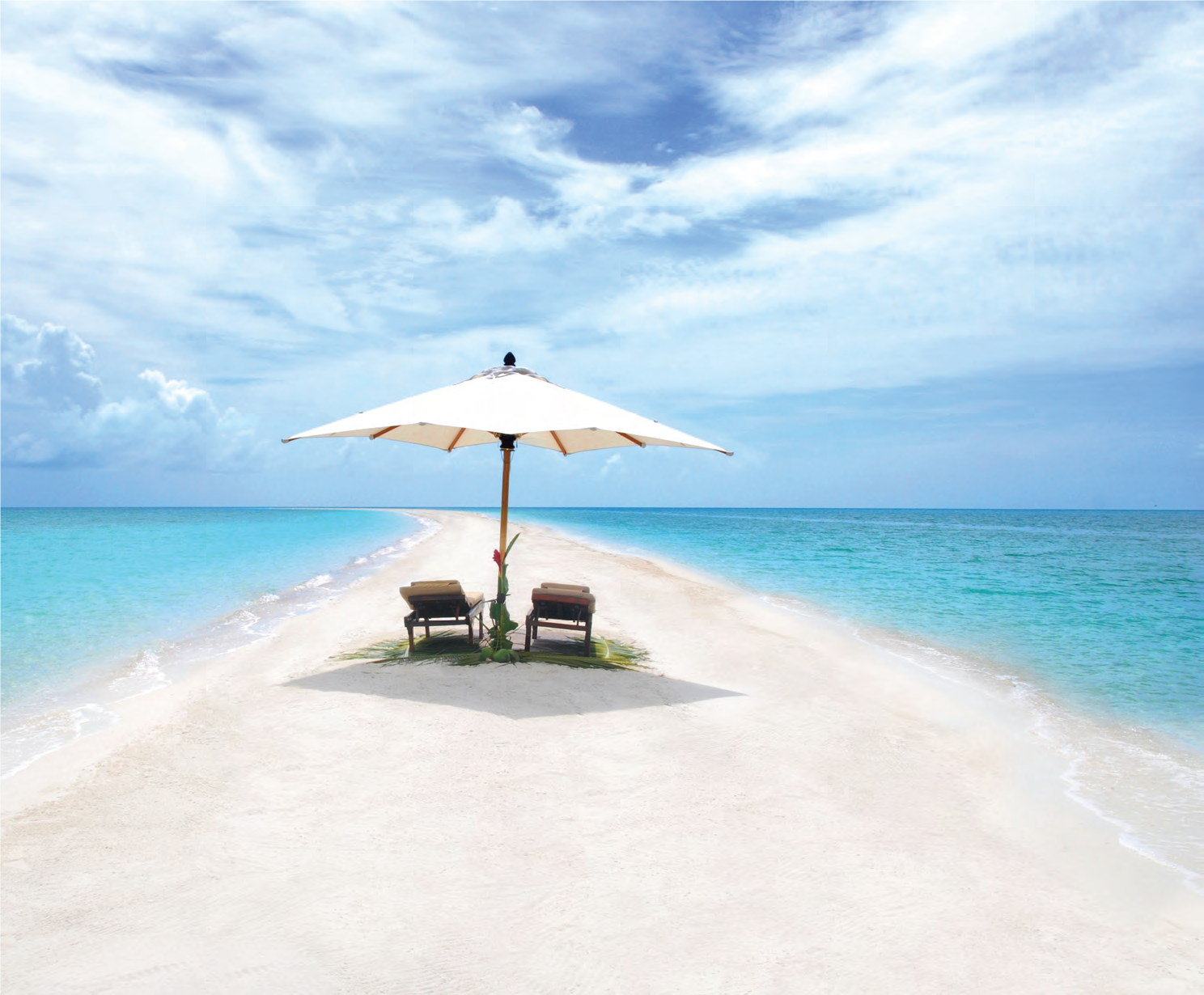
 aristocratic than in Cajun fare. Cajun food usually has a kick to it but, contrary to popular belief, an authentically prepared Cajun dish does not involve eye-watering heat. Unless, of course, you specifically ask for it that way. If you’ve been to New Orleans and still can’t remember which is which, Antoine’s is Creole and K-Paul’s (Paul Prudhomme) is Cajun. Emeril does both.
aristocratic than in Cajun fare. Cajun food usually has a kick to it but, contrary to popular belief, an authentically prepared Cajun dish does not involve eye-watering heat. Unless, of course, you specifically ask for it that way. If you’ve been to New Orleans and still can’t remember which is which, Antoine’s is Creole and K-Paul’s (Paul Prudhomme) is Cajun. Emeril does both.

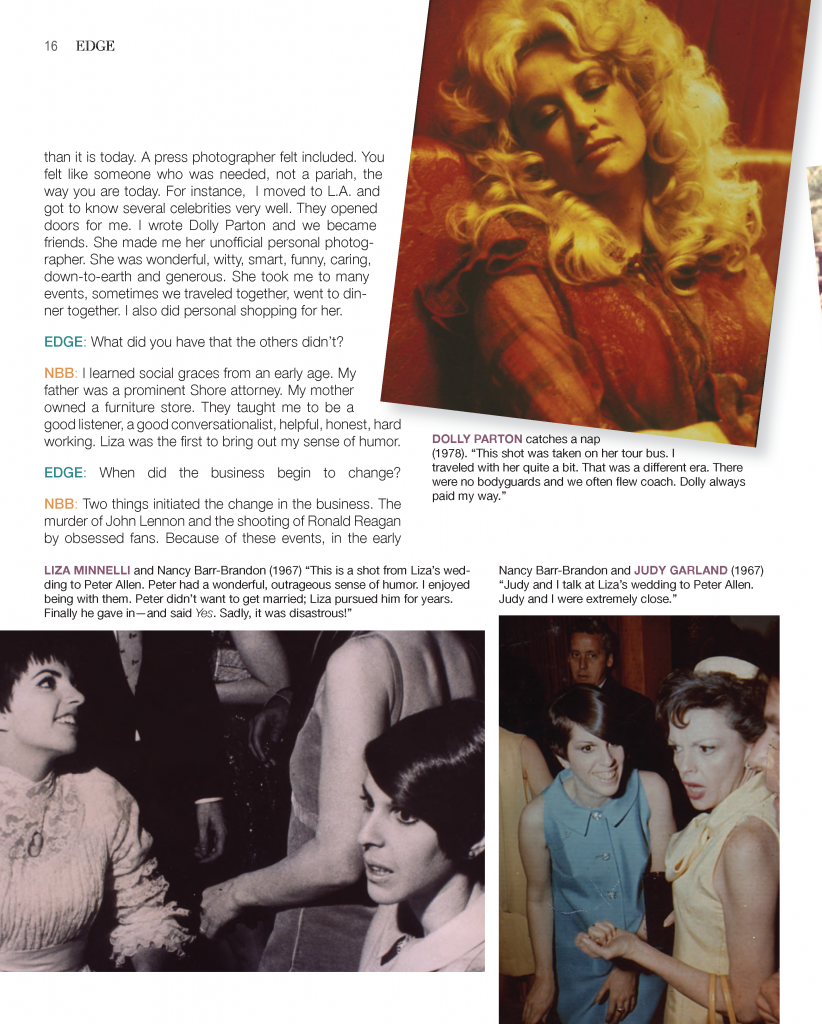
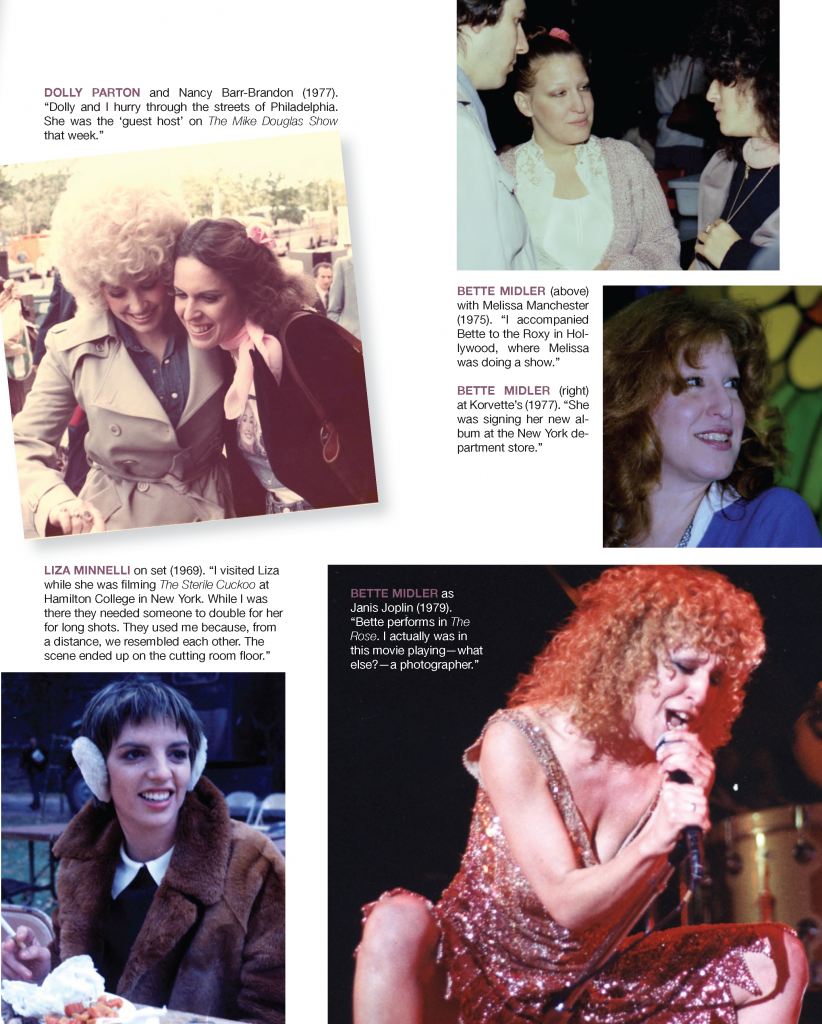

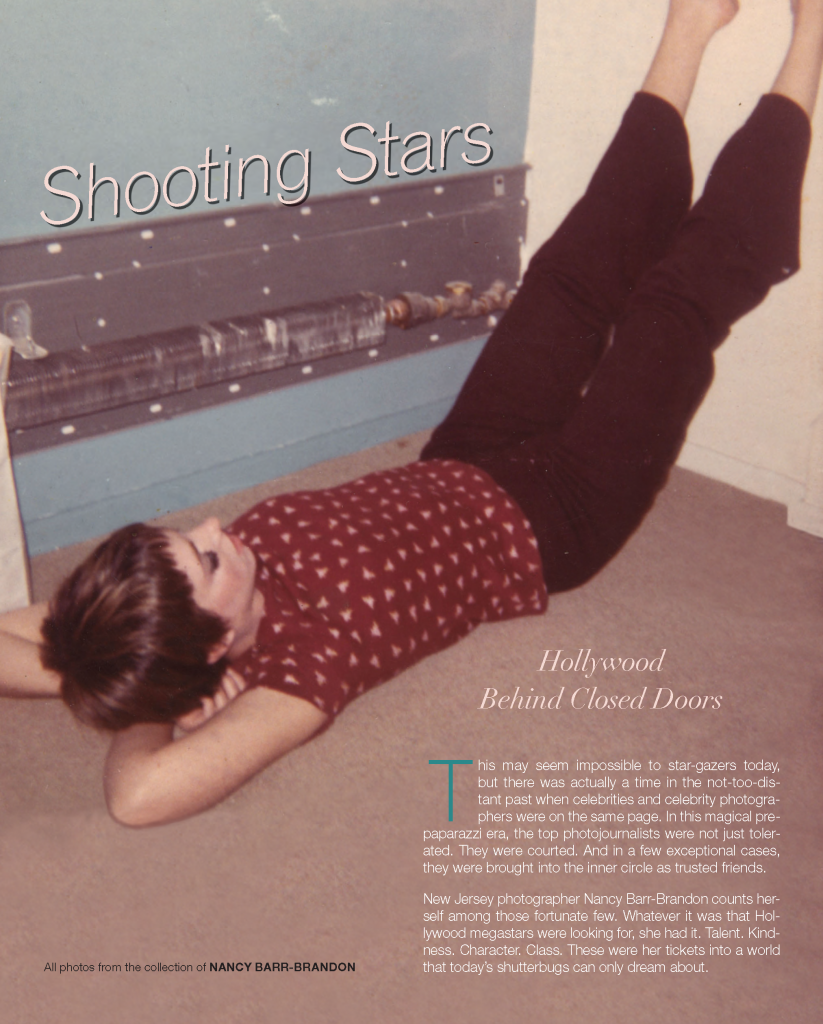

 caffeinated beverages, cigarettes, chocolate—can cause sleep problems. If the room isn’t dark enough, or if you leave a TV on, that can interfere with sleep. Engaging in some sort of stimulating activity, like an office conference, an argument or a workout, can make it hard to fall asleep.” Even something that’s often considered a sleep aid—we’re talking nightcap here—can backfire. “Alcohol may make you drowsy enough to fall asleep, but you’ll wake up again in a few hours,” explains Cheryl Krempa, RPh, MBA, Director of the Pharmacy at Trinitas.
caffeinated beverages, cigarettes, chocolate—can cause sleep problems. If the room isn’t dark enough, or if you leave a TV on, that can interfere with sleep. Engaging in some sort of stimulating activity, like an office conference, an argument or a workout, can make it hard to fall asleep.” Even something that’s often considered a sleep aid—we’re talking nightcap here—can backfire. “Alcohol may make you drowsy enough to fall asleep, but you’ll wake up again in a few hours,” explains Cheryl Krempa, RPh, MBA, Director of the Pharmacy at Trinitas.


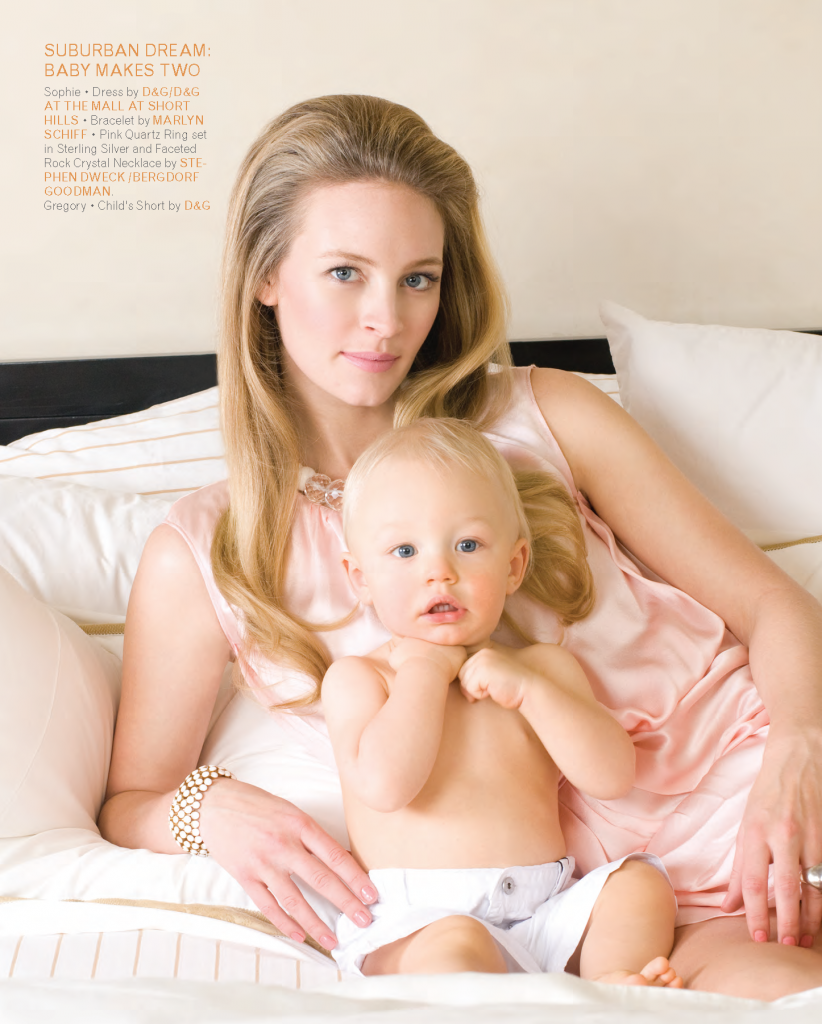
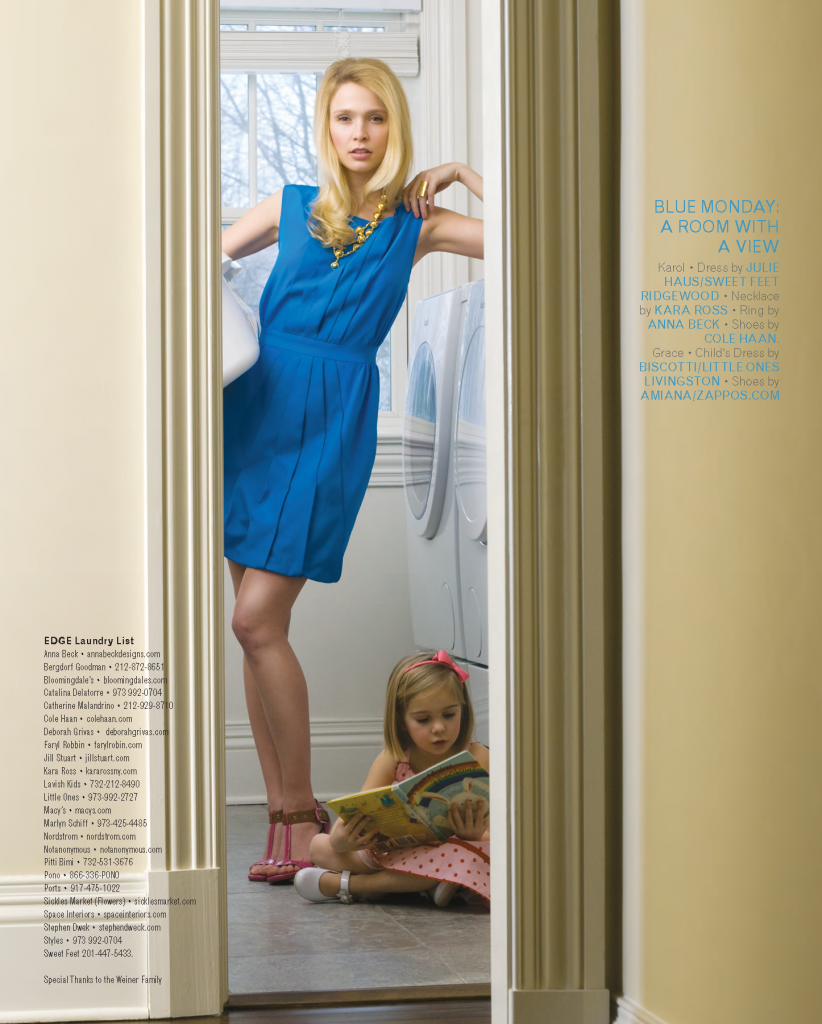


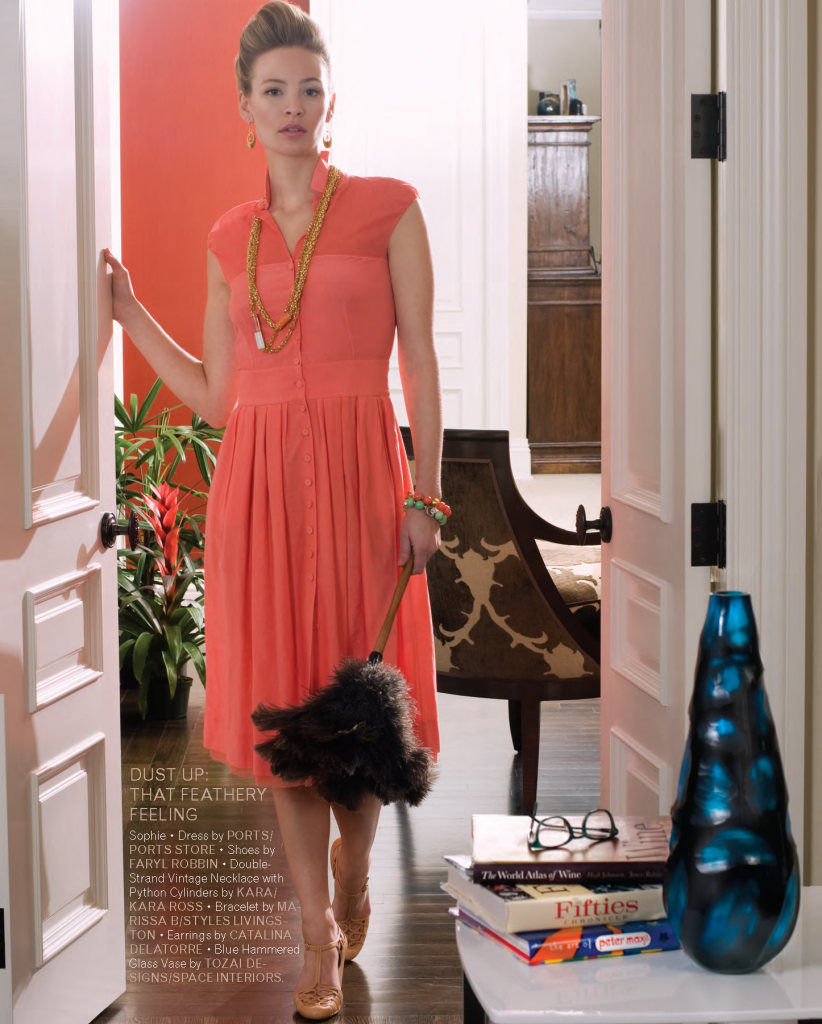







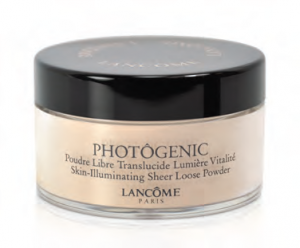 fire way to keep your face looking trim and contoured is to eliminate any shine. After shooting for eight hours in 103-degree, dense New Orleans heat, I found that DIOR’S BLOTTING PAPERS ($21) were a total and complete lifesaver.
fire way to keep your face looking trim and contoured is to eliminate any shine. After shooting for eight hours in 103-degree, dense New Orleans heat, I found that DIOR’S BLOTTING PAPERS ($21) were a total and complete lifesaver.




 ackpot is waiting at one of AC’s world-class spas, where skincare regimens play a major role in relieving the outward signs of stress—and the hotels leave little to chance. “We’re the newest spa in Atlantic City,” says Jane Mackie of the Chelsea Hotel’s Sea Spa. “The décor is retro—close to nature. There’s an opportunity to do natural and healthy treatments here.”
ackpot is waiting at one of AC’s world-class spas, where skincare regimens play a major role in relieving the outward signs of stress—and the hotels leave little to chance. “We’re the newest spa in Atlantic City,” says Jane Mackie of the Chelsea Hotel’s Sea Spa. “The décor is retro—close to nature. There’s an opportunity to do natural and healthy treatments here.” ray Organic Treatments, including the Body Renewal & Detoxification Therapy, Organic Firming Massage, and Organic Facial, utilize key ingredients in sea salts and seaweed, which rank among the purest form of therapeutic organic substances. Seibel also shares with clients his concerns regarding certain skincare products. “Many facial products may smell nice, but many people, whether they know it or not, may be allergic to them.” He recommends the Spa’s Organic Facial, noting that it works for those with sensitive skin and folks wanting “something different.” Every day you leave the house, you’re rolling the dice when it comes to the health of your skin. So how ironic is it that the one place you can’t lose is the gambling capital of the East? Just another reason to adore New Jersey.
ray Organic Treatments, including the Body Renewal & Detoxification Therapy, Organic Firming Massage, and Organic Facial, utilize key ingredients in sea salts and seaweed, which rank among the purest form of therapeutic organic substances. Seibel also shares with clients his concerns regarding certain skincare products. “Many facial products may smell nice, but many people, whether they know it or not, may be allergic to them.” He recommends the Spa’s Organic Facial, noting that it works for those with sensitive skin and folks wanting “something different.” Every day you leave the house, you’re rolling the dice when it comes to the health of your skin. So how ironic is it that the one place you can’t lose is the gambling capital of the East? Just another reason to adore New Jersey.


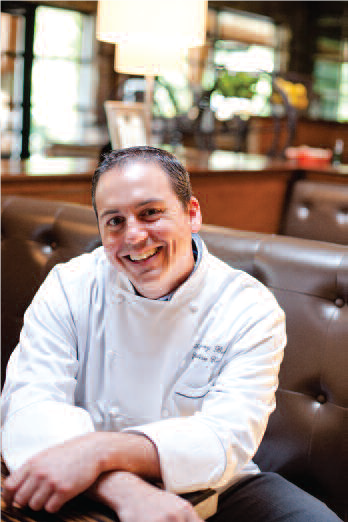 long commute to their new five-bedroom homes on two acres over for the day, there’s a smattering of casual dinner-seekers finishing burgers, there are journalists like me, in between night meetings, stopping in to catch the local gossip in a homey, low-key setting. That Ryland’s a roadhouse, a pitstop on the outskirts of suburbia. By the time it was purchased and re-imagined as a fine-dining destination, with Dennis Foy briefly installed as the name chef—a front man for then-little-known Craig Shelton—Readington and eastern Hunterdon had sprawled confidently into suburbia and many of the denizens in the immediate ‘hood (not to mention surrounding hunt country) were well-heeled and world-wise, ready for haute cuisine in an atmosphere to match, right in their backyards. The 1990s Ryland Inn delivered it all. Soon Shelton was on the cover of Gourmet magazine and the recipient of the food world’s equivalent of an Oscar, a James Beard Award. Ryland catered to the food cognoscente and captains of industry in a seamless operation that defied anything New Jersey had seen. Though its last years were rocky—and the flood that six years ago forced the inn to close was tragic—Ryland had made restaurant history in a state once better known for red sauce joints and boardwalk grub. The rebirth of the Ryland Inn a year ago, a vision realized by new owners Jeanne and Frank Cretella, with chef Anthony Bucco, gives us a very shiny new dining toy.
long commute to their new five-bedroom homes on two acres over for the day, there’s a smattering of casual dinner-seekers finishing burgers, there are journalists like me, in between night meetings, stopping in to catch the local gossip in a homey, low-key setting. That Ryland’s a roadhouse, a pitstop on the outskirts of suburbia. By the time it was purchased and re-imagined as a fine-dining destination, with Dennis Foy briefly installed as the name chef—a front man for then-little-known Craig Shelton—Readington and eastern Hunterdon had sprawled confidently into suburbia and many of the denizens in the immediate ‘hood (not to mention surrounding hunt country) were well-heeled and world-wise, ready for haute cuisine in an atmosphere to match, right in their backyards. The 1990s Ryland Inn delivered it all. Soon Shelton was on the cover of Gourmet magazine and the recipient of the food world’s equivalent of an Oscar, a James Beard Award. Ryland catered to the food cognoscente and captains of industry in a seamless operation that defied anything New Jersey had seen. Though its last years were rocky—and the flood that six years ago forced the inn to close was tragic—Ryland had made restaurant history in a state once better known for red sauce joints and boardwalk grub. The rebirth of the Ryland Inn a year ago, a vision realized by new owners Jeanne and Frank Cretella, with chef Anthony Bucco, gives us a very shiny new dining toy.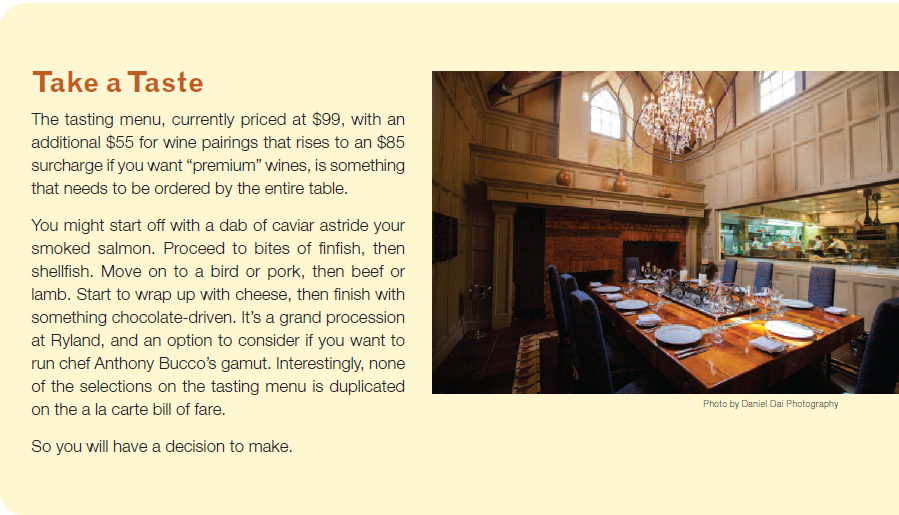 The outdoor entryway that leads to the indoor entryway just about shouts “Have your wedding here!” Once inside, vaulted ceilings, chandeliers that look like they were recycled from Liz Taylor’s diamond booty, fabrics and appointments hardly from the off-the-rack collections, and an air of mission accomplished set the scene for rarefied dining. Rather than a pretty charger plate that will be swept away shortly after you’re seated, there’s a framed picture at your place setting. Something old to add to all the new, I suspect. The Cretellas clearly wanted to bring every aspect of Ryland’s past to its high-toned present, and so there’s a sense of history in the artwork as well as in the Old-World graciousness of the well-orchestrated service. Come to Ryland to be pampered, once again.
The outdoor entryway that leads to the indoor entryway just about shouts “Have your wedding here!” Once inside, vaulted ceilings, chandeliers that look like they were recycled from Liz Taylor’s diamond booty, fabrics and appointments hardly from the off-the-rack collections, and an air of mission accomplished set the scene for rarefied dining. Rather than a pretty charger plate that will be swept away shortly after you’re seated, there’s a framed picture at your place setting. Something old to add to all the new, I suspect. The Cretellas clearly wanted to bring every aspect of Ryland’s past to its high-toned present, and so there’s a sense of history in the artwork as well as in the Old-World graciousness of the well-orchestrated service. Come to Ryland to be pampered, once again.
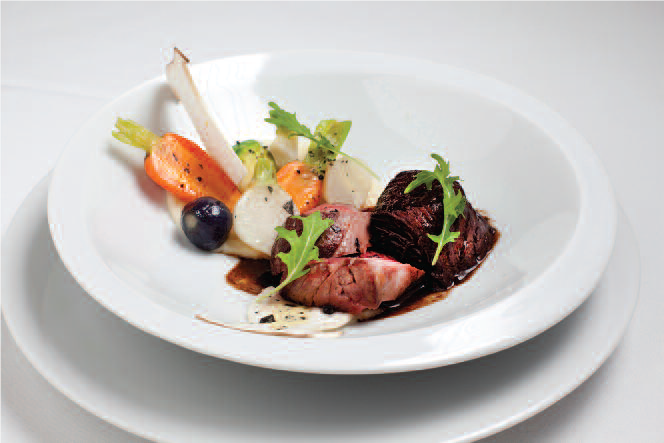


 NJIT Cafeteria Garden • Newark Installed in 2010 by “My Local Gardener” with Peter Fischbach and Julie Aiello You can’t get fresher or healthier food than the vegetables that are served at NJIT’s cafeteria. For three years, NJIT students and faculty have enjoyed farm-to-table vegetables harvested from an elevated 220 sq. ft. organic roof garden outside the student pub. On an existing “green” roof—which already had a faucet—the design team installed 10 recycled flower boxes and filled them with a light soil that wouldn’t weigh down the roof. According to NJIT chef Peter Fischbach (right), who envisioned the project with Julie Aiello, Director of Marketing and Sustainability for Gourmet Dining Services (GDS), the campus food purveyor, they plant rotating crops of healthy vegetables four to five times a growing season, including lettuce, beets, tomatoes, squash, broccoli, kale, collard greens, Brussels sprouts, peppers and peas. They also grow a large selection of herbs, which are used to season the food. Meanwhile, the garden has germinated other campus organic gardens. According to Fischbach, “The project has been so successful that it has inspired other colleges serviced by GDS—Seton Hall, Manhattan College, Kean University, FDU in Madison. And we are preparing to put in a garden at Bloomfield College.”
NJIT Cafeteria Garden • Newark Installed in 2010 by “My Local Gardener” with Peter Fischbach and Julie Aiello You can’t get fresher or healthier food than the vegetables that are served at NJIT’s cafeteria. For three years, NJIT students and faculty have enjoyed farm-to-table vegetables harvested from an elevated 220 sq. ft. organic roof garden outside the student pub. On an existing “green” roof—which already had a faucet—the design team installed 10 recycled flower boxes and filled them with a light soil that wouldn’t weigh down the roof. According to NJIT chef Peter Fischbach (right), who envisioned the project with Julie Aiello, Director of Marketing and Sustainability for Gourmet Dining Services (GDS), the campus food purveyor, they plant rotating crops of healthy vegetables four to five times a growing season, including lettuce, beets, tomatoes, squash, broccoli, kale, collard greens, Brussels sprouts, peppers and peas. They also grow a large selection of herbs, which are used to season the food. Meanwhile, the garden has germinated other campus organic gardens. According to Fischbach, “The project has been so successful that it has inspired other colleges serviced by GDS—Seton Hall, Manhattan College, Kean University, FDU in Madison. And we are preparing to put in a garden at Bloomfield College.”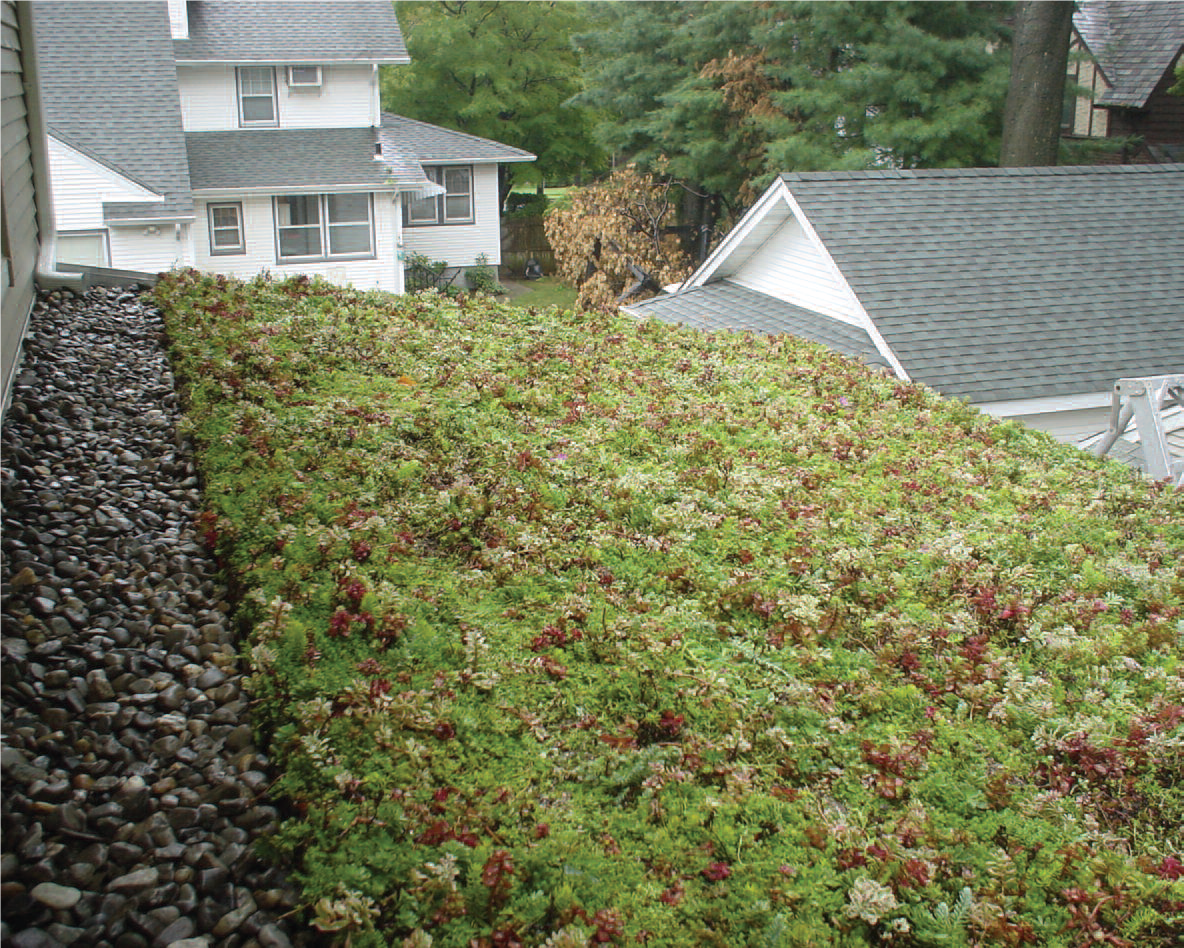

 uld also be able to tell you with absolute certainty whether you can get the job done without tearing out your first-floor ceilings. This greatly reduces the mess and expense. From a builder’s perspective, adding a second story isn’t all that different than building from the ground up.
uld also be able to tell you with absolute certainty whether you can get the job done without tearing out your first-floor ceilings. This greatly reduces the mess and expense. From a builder’s perspective, adding a second story isn’t all that different than building from the ground up. ou should also think about pulling together the interior. Indeed, a less common but still-critical mistake homeowners make is failing to really think through how the new second story will relate to the “new” first story in terms of how the entire home is used. Moving bedrooms to the second floor opens up all sorts of possibilities on the main level. If you determine how you might be using the first-floor space in the future, you can leave yourself a lot of options, especially if a new kitchen is part of the long-term plan. When it’s all said and done, a basic second-story addition will eat up a half-year of your life and cost you at least $125 to $150 per square foot, soup-to-nuts, plus professional fees. Depending on your desired finishes and a handful of other variables, the price tag of a 1,000-foot addition is likely to be in the neighborhood of $150,000. Does that make sense in your neighborhood? Ultimately, that’s a call you’ll have to make.
ou should also think about pulling together the interior. Indeed, a less common but still-critical mistake homeowners make is failing to really think through how the new second story will relate to the “new” first story in terms of how the entire home is used. Moving bedrooms to the second floor opens up all sorts of possibilities on the main level. If you determine how you might be using the first-floor space in the future, you can leave yourself a lot of options, especially if a new kitchen is part of the long-term plan. When it’s all said and done, a basic second-story addition will eat up a half-year of your life and cost you at least $125 to $150 per square foot, soup-to-nuts, plus professional fees. Depending on your desired finishes and a handful of other variables, the price tag of a 1,000-foot addition is likely to be in the neighborhood of $150,000. Does that make sense in your neighborhood? Ultimately, that’s a call you’ll have to make.


